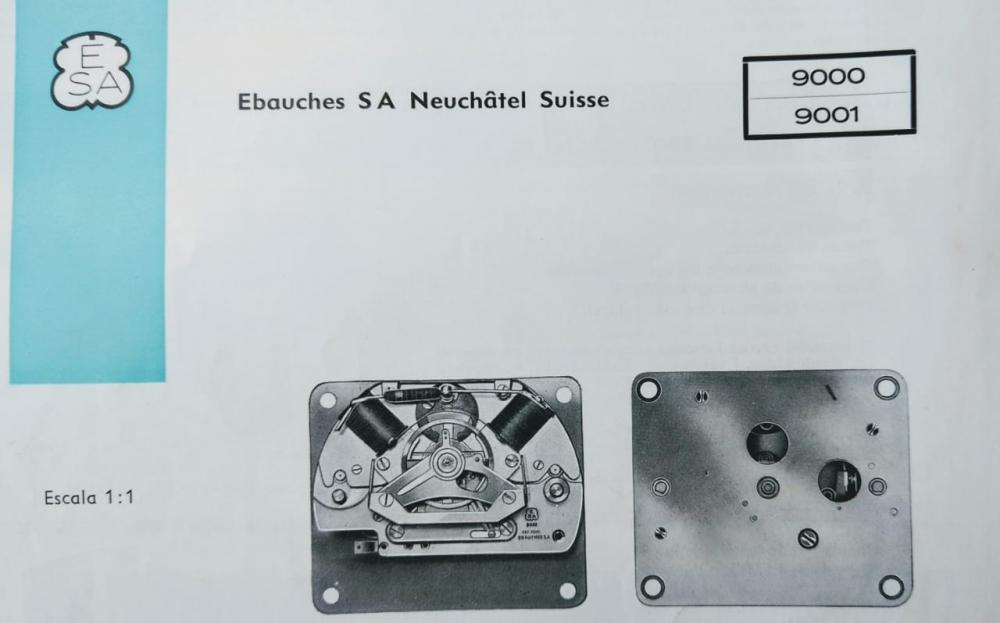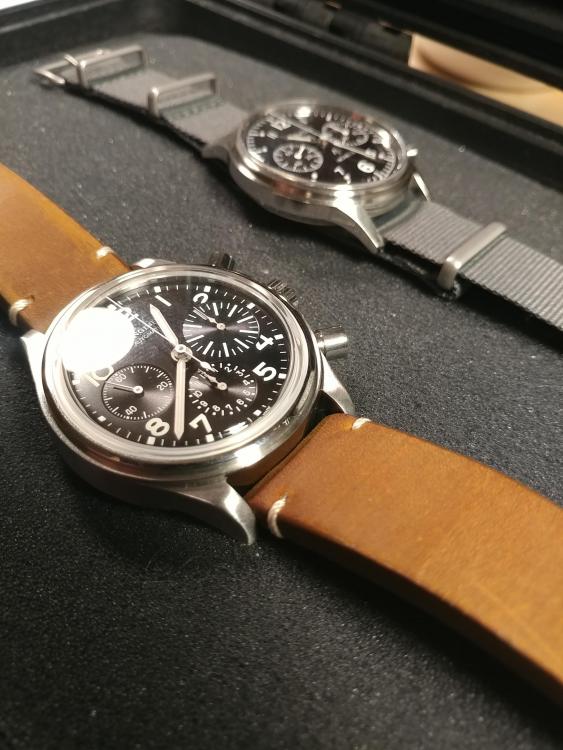Leaderboard
Popular Content
Showing content with the highest reputation on 02/21/21 in all areas
-
Sometimes the obvious answer to a problem is just too... well, obvious. The pinion isn't attached to the arbor, it's attached to the barrel, which of course, makes perfect sense.??2 points
-
Here's a little story that should put a smile on your dial https://www.abc.net.au/news/2021-01-01/horology-reuben-schoots-handmaking-mechanical-watch/129927181 point
-
Hi Hector Both holes look original and dont appear to have been bushed. The method in doing these is the same as any re bushing job, making sure you broach or drill the hole central. the attaced noted will explain the procedure. I use a small drill in the drill press drilled under size (bush Size) and breach to fit thn broach the pivot hole. when done try the wheel and the adjacent one for smooth running. 1002416176_BushingUsingHandTools.pdf (2).pdf1 point
-
1 point
-
Hi there Klassiker ,that watch is still on time believe it or not .I have a number of pocket watches I have spent a great deal of time on to get the same result . This watch has amazed me and goes to show that all is not as it seems . This watch has given me a soft spot for pin pallet pocket watches .1 point
-
The jumper spring is the part that keeps the date ring steady, otherwise it wil lbe be moving around all the time. The date quick set mechanism is completely indipendent from the one that advances with time. I did not even exist on older maov'ts. So it's normal that one may fail but not the other. Advance time and observe the motion going from the cannon pinion, to an intermediate wheel, to the date wheel, to the date ring. Where the motion is not transmitted, there is the fault.1 point
-
I have a question which is which spindle oil should we be purchasing? As to the Mobil oil I have a link apparently comes in different variations. Then a variety of links where you can buy spindle oil at a variety of prices including smaller quantities everywhere including eBay but do we really need number three? The reason is it's a little harder to get. Then the fourth link to eBay answer to question which was spindle oil and a separate oil for the Sliding components like to cross slide of course this is indicated for Bridgeport doesn't say how big of a Bridgeport though? Then of course the mobile oils are the wrong numbers are not number three. Looks like eBay is probably the best for a small quantity. https://www.mobil.com/en/lubricants/for-businesses/industrial/lubricants/products/products/mobil-velocite-oil-no-3 https://www.mcmaster.com/spindle-oil/ https://www.ebay.com/sch/i.html?_from=R40&_trksid=p2047675.m570.l1313&_nkw=Spindle+oil&_sacat=0 https://www.amazon.com/s?k=Spindle+Oil&ref=nb_sb_noss_2 https://www.ebay.com/itm/1-PINT-EA-SPINDLE-OIL-VELOCITE-6-VACTRA-2-MILL-LATHE-GRINDER/300860482514?hash=item460caea3d2:g:FUEAAOxy0rZRGUU2 Then I went to see if anyone disagrees with the lubrication we should be using? The first link is interesting video on successfully purchasing a lathe and book references which I found interesting. Also of interest in the video is the book references. Plus there's one of the latest books which you can download for free so is a link for that. Then his favorite recommendation for book is "The Modern Watchmaker's Lathe and How to Use it by Archie Perkins" In case you think he's over praising the book he's not it really is an outstanding book. As I have a copy of Archie's book let's see if he actually knows which sort oil you should be using. First recommendation is Nye lathe oil If you can get it and I'm not finding it online so I guess the answer is no we can't get it. The second one is interesting because it's made by the same company who made the first one and is available on Amazon for $20 for small bottle so that recommendation is NyOil Is available on Amazon for $20 for a small bottle. Then his recommendation probably frowned on by us is to use a good grade of clock oil. https://youtu.be/aACigsD6jnA The next link is interesting as They do like the mobile spindle oil but there's slightly different recommendations. Like #6 Or #10 Depending upon the speed of your spindle. https://www.hobby-machinist.com/threads/lubrication-of-watchmakers-lathe-spindles.14661/ The next link because I saw a reference to Bridgeport and I want to see what sort of recommendations too poor for that and this one is interesting because it answers a question. In case you're curious what was the question? It is if you're going to get nitpicky over the's mental lubrication there's a lot of confusion. Then comparing with the Bridgeport isn't entirely fair because the Bridgeport spindle is so much bigger than the watchmaker's lathe. https://www.practicalmachinist.com/vb/bridgeport-and-hardinge-mills-and-lathes/what-mobil-oil-bp-spindle-300052/ Another discussion group with a list of recommendations http://www.chaski.org/homemachinist/viewtopic.php?t=58677 GL-XX-Mobil-Velocite-Oil-No-Series.pdf Lubricant Cross Reference Chart.pdf1 point
-
Please take a picture of your current dial-side movement and one of the experts on this forum will help you. With no picture, we are simply guessing.1 point
-
Not to split hairs but I don't think there is any advantage in using engine oil on machinery. No damage will occur but is not made for that. Without going to lengths, engine oil must work and maintain its properties under high temperatures, pressures, and exposition to contaminants, plus it must deliver a bunch of other features. Nothing or very little of that exists in a machine tool. And if it's of synthetic formulation its characteristics (mainly, extended service life) do not have a chance of being triggered. So you will find that machine oil, from a sewing machine to a plain bearings lathe to geared machines is different, and is graded differently to begin with, using ISO VG scale where 68 is equivalent to SAE 20 viscosity. Unfortunately it is not sold at the parts store or hardware store and it comes in large drums only. I wanted to get some for my lathe small gearbox but struggled to find any packaging under 3 liters. So I just got gear oil from the auto parts shop, all is good with it but is not what the manufacturer recommends. Interesting in their industrial opulence the US even has a magazine dedicated to this subject specifically https://www.machinerylubrication.com/Read/411/oil-viscosity1 point
-
I have found the same issue. Maybe the only way forward is to service the movement or take measurements and see if you can find a match using the Cousins catalogue. Here is its tech sheet. https://www.thewatchsite.com/d1/files/Seiko Technical Manuals/43A_4303A.pdf1 point
-
1 point
-
I don't know who James is. But if he explains, I can help. I already removed the bimorph sensor from the metal part. It's in good condition. And I must take care of it because nowhere in my country do they sell. It's the one Ryder @24h shared with me. There is one more thing I can assure you. THE BIMORPH SENSOR WILL NOT WORK WITHOUT A PREAMPLIFIER. Preamp is required. But there is a simple solution. is to add a transistor and a resistor only. https://bit.ly/3s2W0jQ https://bit.ly/2NzhqGn1 point
-
Good job @luiazazrambo you have done your homework. I see that you have thoroughly read the blog. I will try to explain as best I can. The bimorph sensor is a piezo electric and is not sensitive to humidity, not to the degree of the old salt-based crystals used by the timegraphers of the 40s 50s 60s 70s. But from my experience, they are not that sensitive. The glue: It can be a good quality epoxy resin. The idea is that it solidifies very well, as it is the passage of vibratory waves towards the crystal. About the coils. Some stands for examining watches, (not the case of yours) had a switch to leave the vibration sensor and use a magnetic sensor. Some watches, very few in the 1970s, used a magnetic balance. For this type of watches the magnetic sensor was needed. About the bimorph sensor, Stefan sent some to Ryder in California. And Ryder shared one with me here in Guatemala for testing. It is not as sensitive as we expected. But what I can tell you is that what you should do with your microphone stand is to place a piezoelectric disc and it will work wonderfully for you.1 point
-
1 point
-
Ok, I set up my staking tool to push the jewel out, and before I could even apply any pressure, just the weight of the stake popped the jewel, setting and all, right out of the plate. Now I won't be afraid to do it this way the next time. Thanks for all the help everybody!1 point




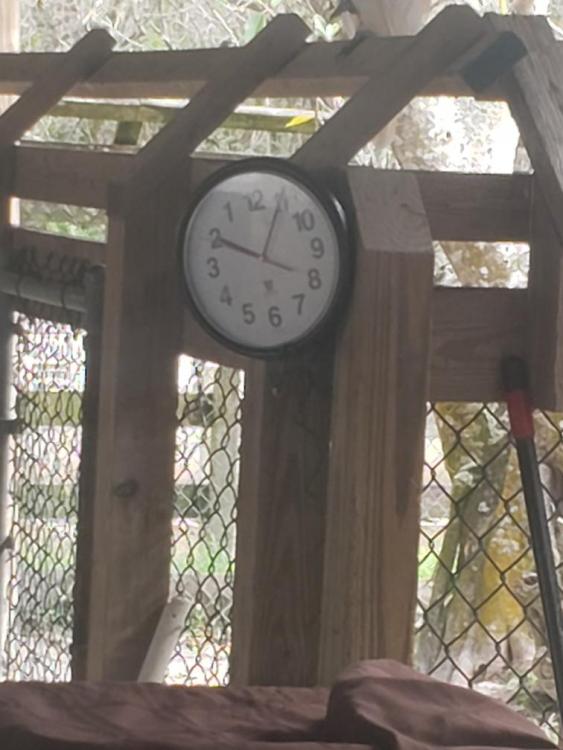


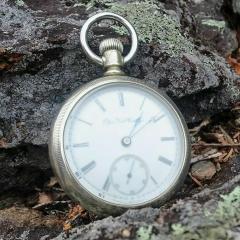
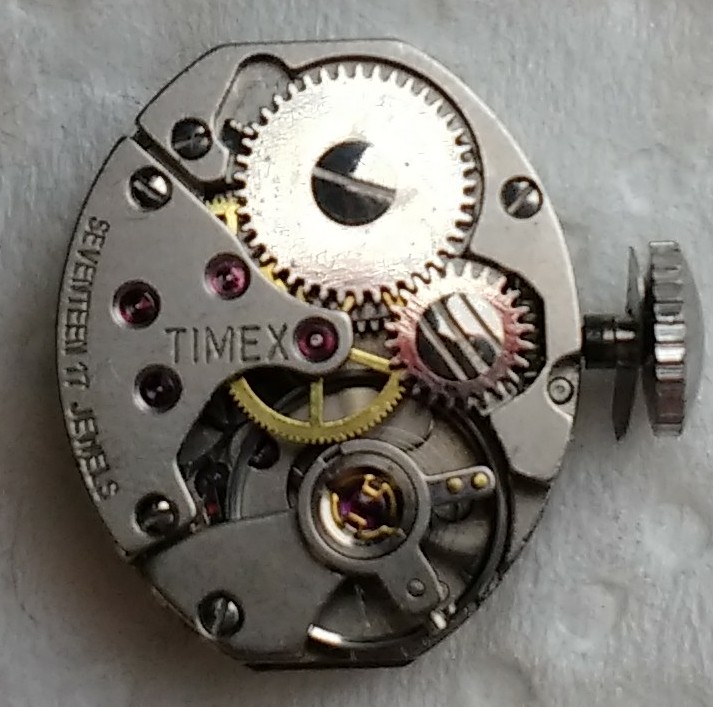
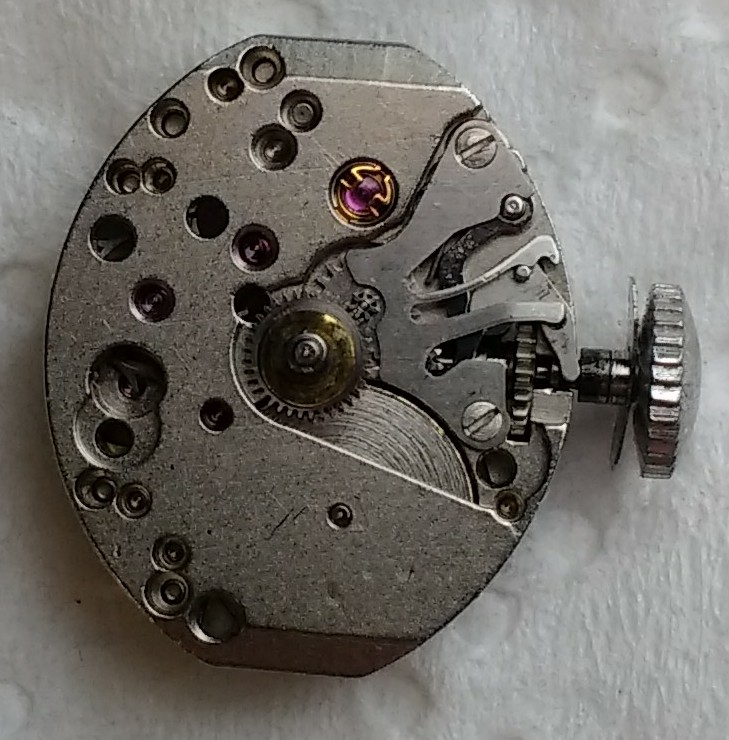
.thumb.jpg.dcc2314b224729ccca110fcf6ab8992a.jpg)
